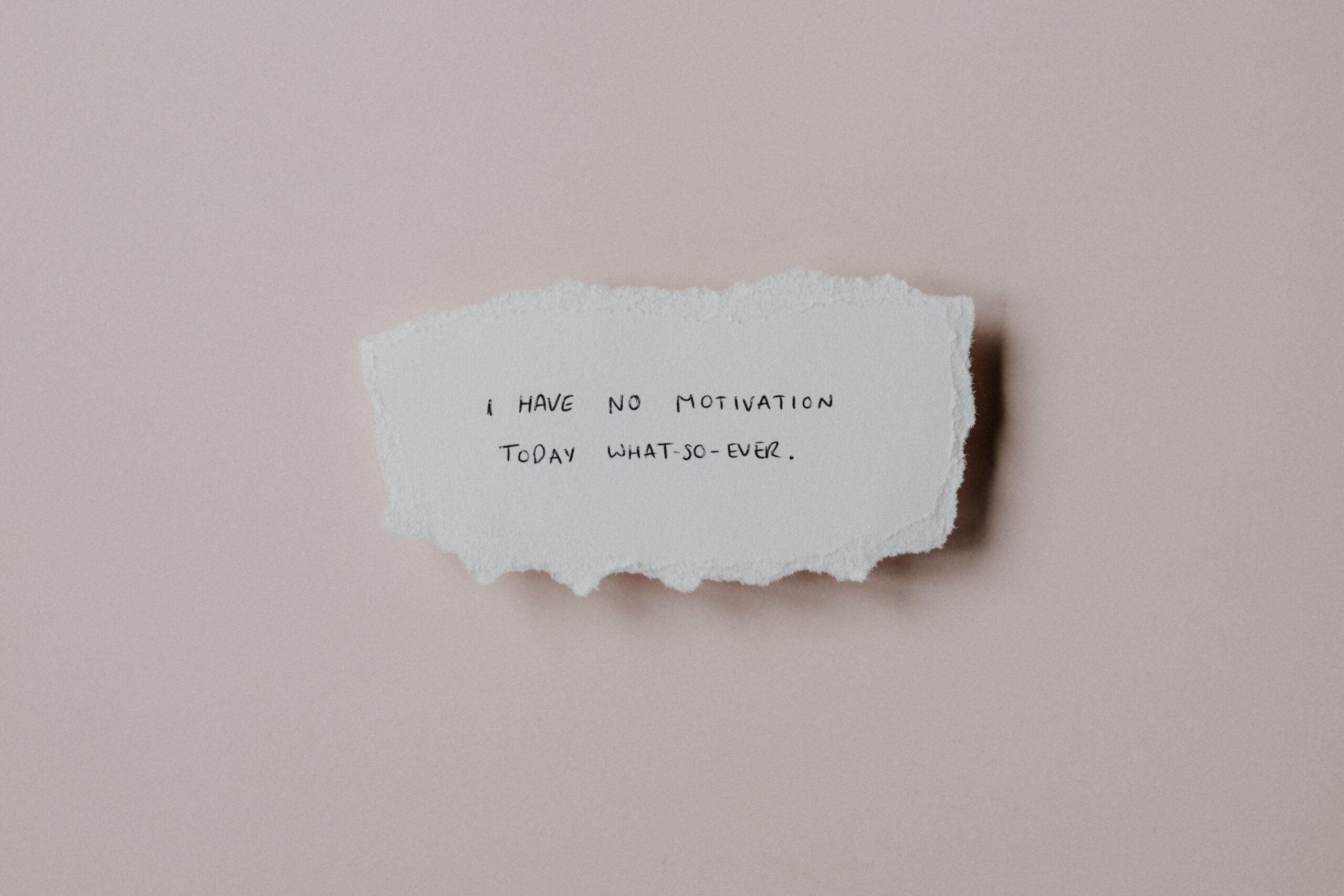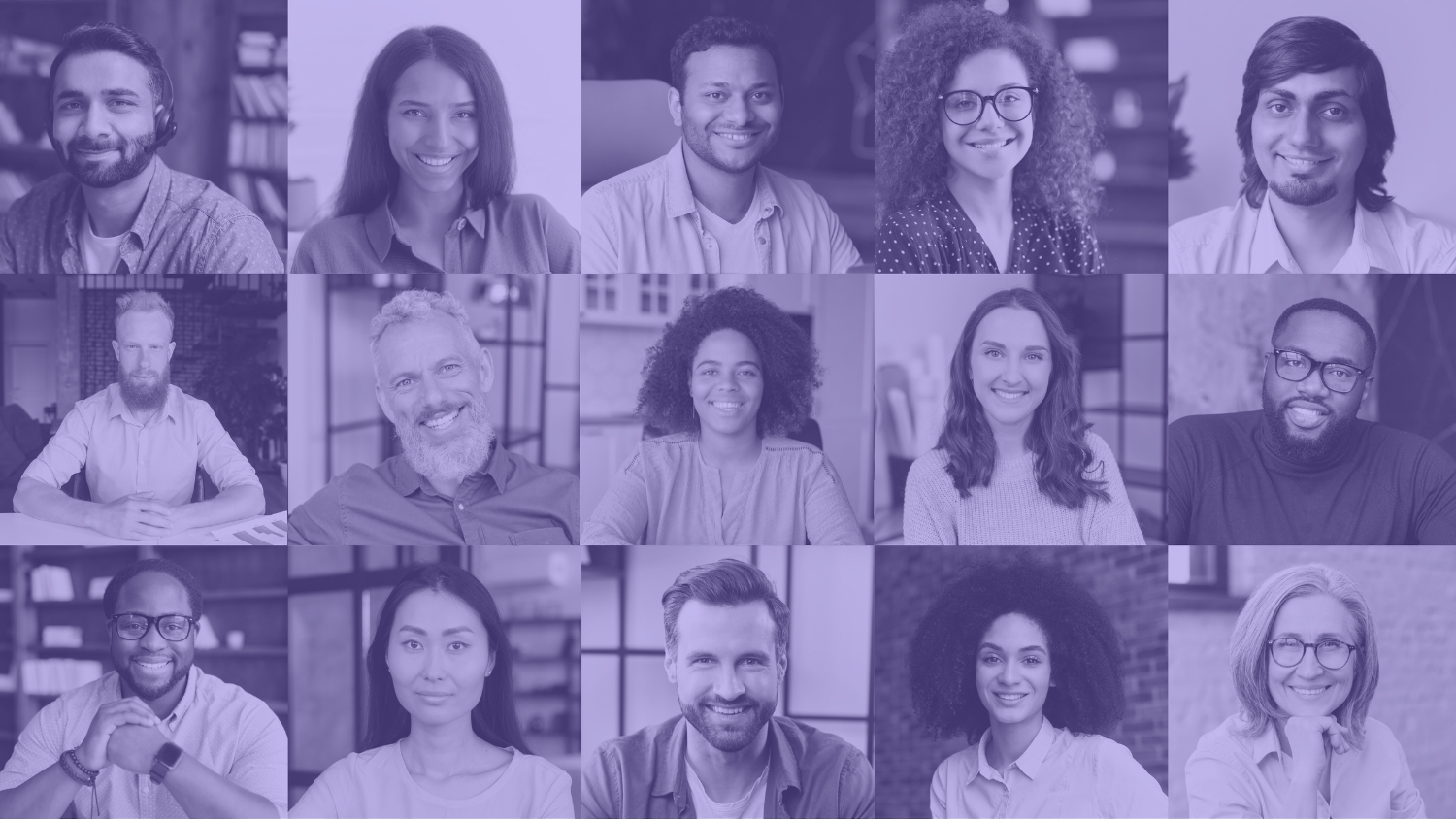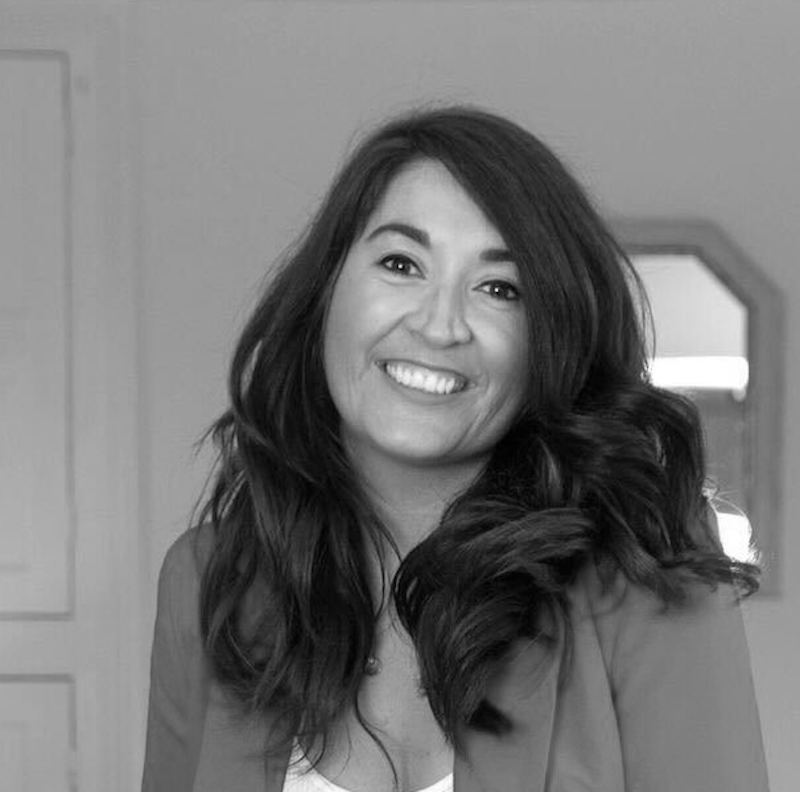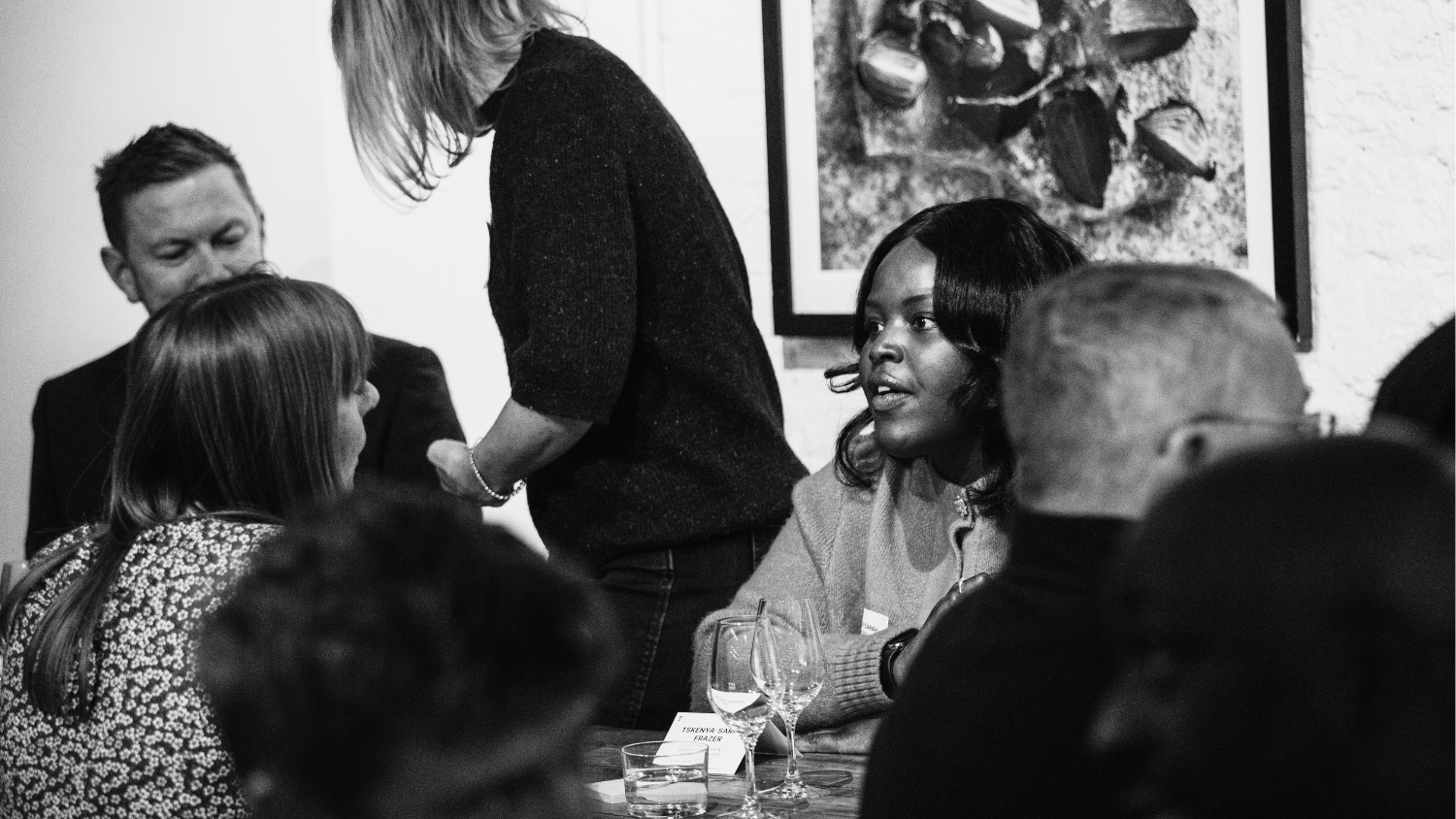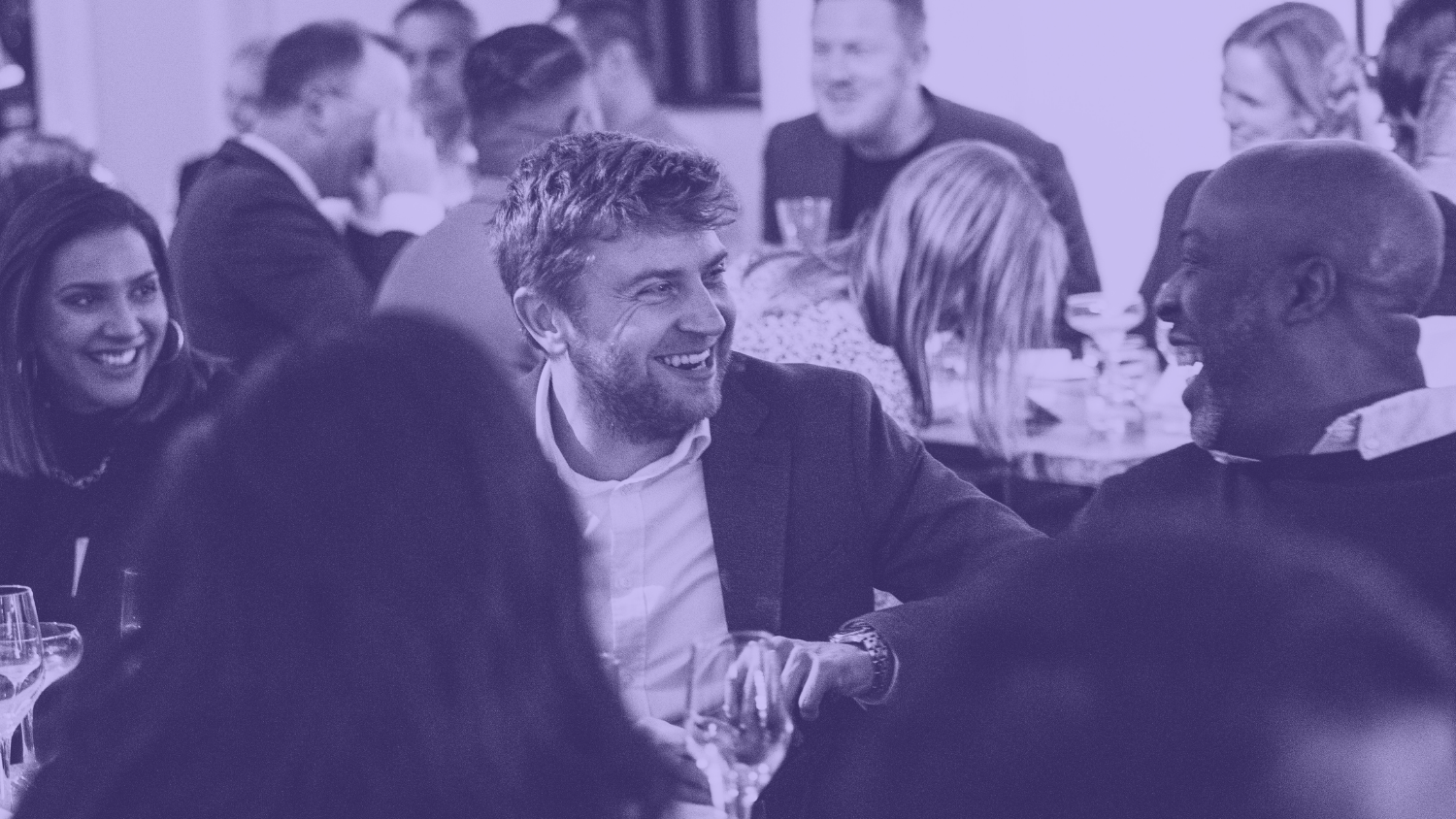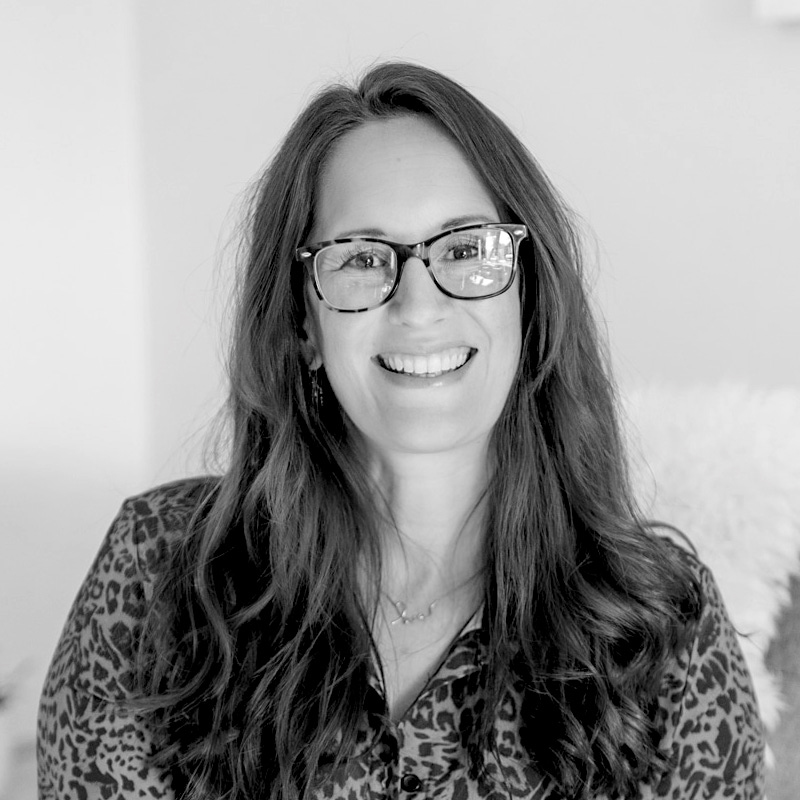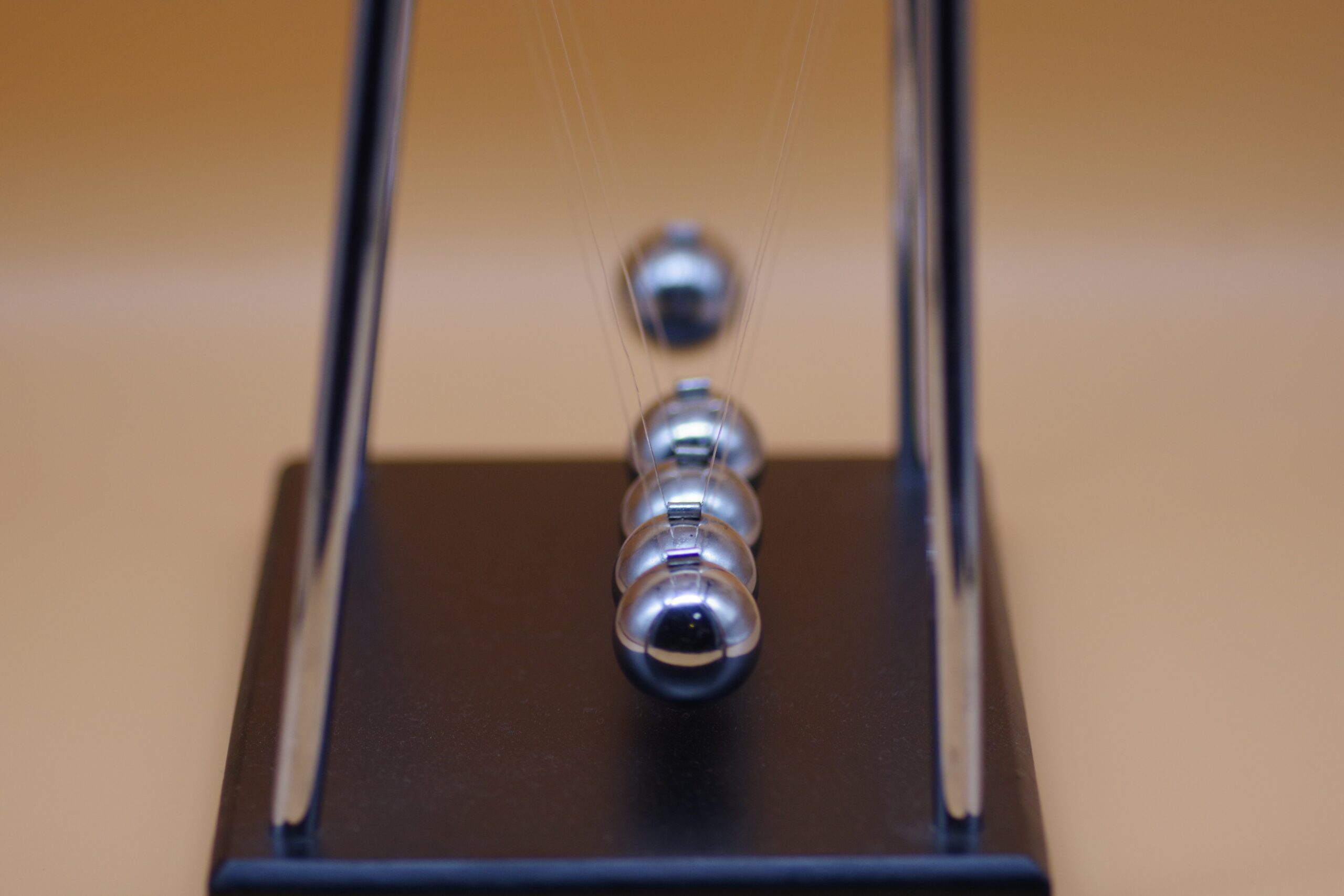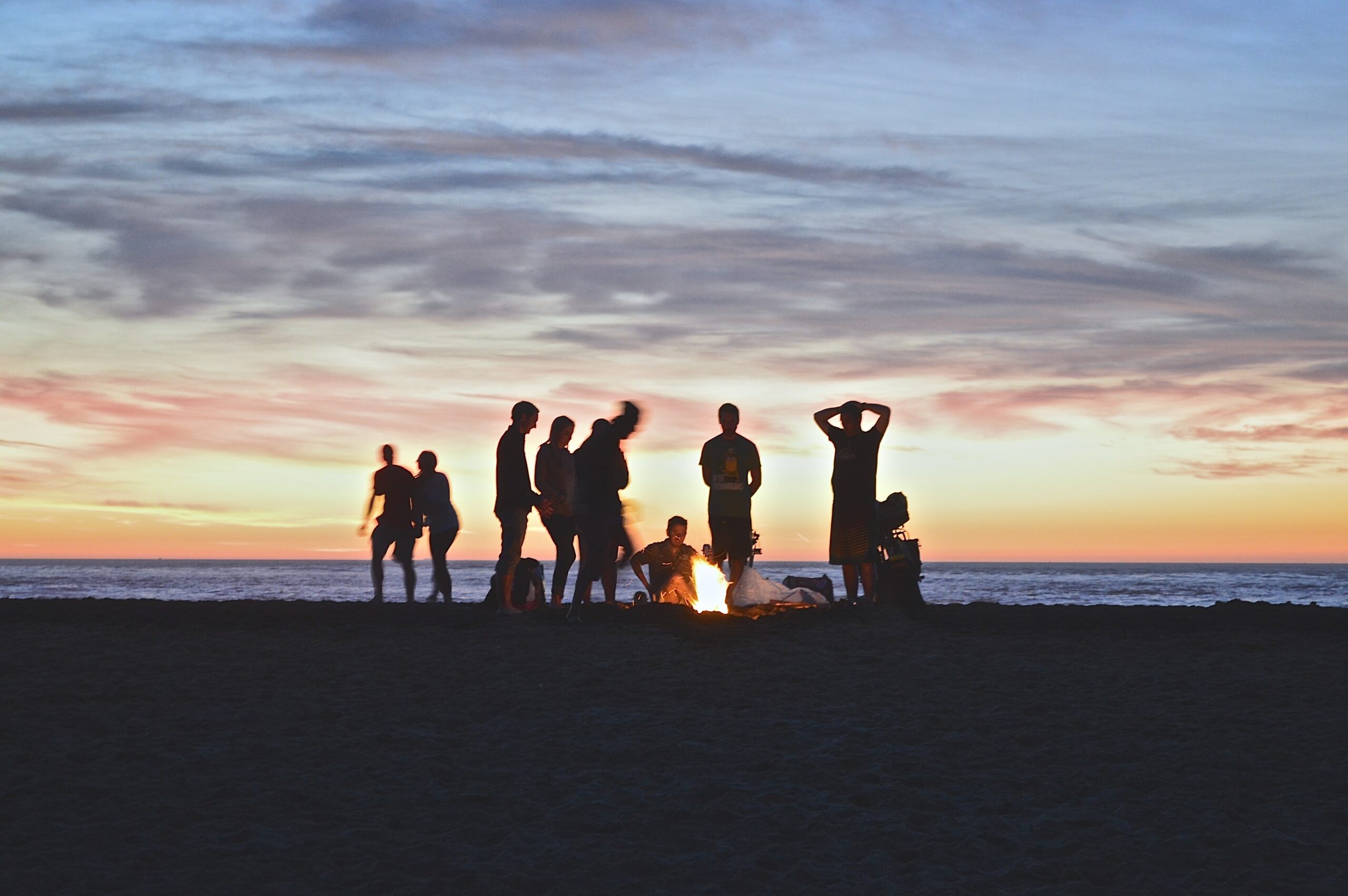
Building greater equality in the workplace isn’t just about getting more women into senior leadership positions.
It’s about fundamentally questioning the nature of leadership – who gets to lead and how we expect them to show up – and addressing the systemic barriers to women’s progress. Companies that want to make a difference need to go beyond diversity training or women’s leadership programmes.
Their senior (often male) leaders need to take a hard look at themselves, their biases and behaviours, and the nature of the working environment they’ve created if they want to move the needle.
They need to embrace the fact that the era of command and control, “I know best based on my years of experience” leadership is over – leaders who succeed in the 4th industrial revolution will excel at connection, co-creation and experimentation.
Two years ago I sat opposite a senior client to discuss the next steps of a project supporting his team only to be told, in his words, that ‘leadership wasn’t my strength’. As someone who makes a living helping leaders to develop themselves, this came as a bit of a shock. It took a few seconds for me to muster a response. He was a very senior leader and I didn’t want to offend him while we were in the middle of confirming the next phases of a large contract. What was I supposed to do? Tell him he was wrong and fight my corner or roll over and allow my professional integrity to be questioned and dismissed?
I chose a middle ground. Rather than arguing with him, I questioned him about what that meant. He said that he had expected me to give more direct feedback to him about his team at a recent offsite and I had lacked this skill. This surprised me. In my first interview with him in preparation for that offsite, I directly told him what his team had said about his leadership style, which was highly directive and often micro-managing. I suggested he could work with someone else he was more comfortable with to which he replied “maybe”.
I believe his response came down to this: he couldn’t see what he had to learn from a woman half his age who’d never held a senior position in a large corporation. For most of my career, I’ve worked in partnership; as a member of a global team at Google, a consultant, as the founding employee of a digital media start-up and now as a partner at T-minus.
As a consultant I worked with multiple stakeholders in complex environments to understand their needs and help them achieve their goals. When I worked on an evaluation of a national teacher training initiative for teachers in Lebanese schools, my main client was the Ministry for Education. They were unpredictable at best, adversarial at worst. They often put down road blocks, changed their minds at the last minute and threw curve balls at me and my team.
The only way I could get the evaluation over the line was to work in close collaboration with them, trying at each phase (with a translator) to understand their concerns and negotiate imperfect workarounds to keep them on side. This required a very different style of leadership to the one that my client understood – I couldn’t direct anyone to do anything or expect to be listened to because of my title. I had to rely on building relationships, compromising and generating creative solutions when things seemed at an impasse.
I’ve thought many times about what was happening in the conversation with that senior leader and I’ve come to understand it this way: it was indicative of a shift taking place in how we understand leadership – what it means, who has the right to be a leader and how they exercise their leadership. We can see this shift taking place everywhere. Ask anyone who one of the most inspiring leaders of the 21st century is and they’ll probably mention Greta Thunberg, an 18 year old girl who’s giving up her schooling and inspiring a movement of millions around the world to take action against climate change. She has no formal power, she just stood up for what she believed in, inspiring others with the weight of her moral authority and her simple but profound action.
But we still have a long way to go. We know that the data is there to make the case (if it ever needed to be made) that higher diversity equals better ideas, innovation and financial results but the last few years have seen a litany of reports, legal cases and high profile dismissals for sexual harassment in the workplace, including at companies like Google. A recent report, called the Elephant in the Valley, exposed shocking figures about levels of sexual harassment and discimination against women at the heart of the American tech industry. Women – particularly women of colour – are still dramatically under-represented in senior leadership positions in all industries, with McKinsey’s latest research showing a paltry 4% increase at the highest levels in the last five years.
Addressing the disparity between men and women in leadership is hard work and requires sustained commitment to move the needle. We’re not only dealing with unconscious bias but systemic barriers to women’s advancement in the workplace. At Google, thanks to the efforts of the recruitment team, we had a 50:50 recruitment ratio between men and women in our sales function but that skewed far more towards men as you went up the chain. I’ve heard from senior female directors that women are discouraged from even seeking senior positions because of their concerns about the toll it will take on their family life. I’ve also heard from senior male leaders in tech startups who are trying to recruit a more diverse team that their choice of candidates is limited by the 80:20 split between men and women qualified in computer science coming out of universities.
To get to higher levels of equality in leadership positions, we need to radically question what we mean by leadership and reassess the qualities and capabilities we’re looking for in our leaders. We also need to examine the structure of our organisations and the nature of work.
The pace of change and level of disruption has prompted organisations to move towards a more agile model – one where traditional hierarchy and silos are being remodelled into more egalitarian, flow-to-work systems with higher levels of autonomy and empowerment for teams. We know, from the pandemic, that people can still be productive when they’re given leeway to spend more time with families and flexibility in how, when and where they do their work. We also know that the complexity of the problems we’re trying to solve in business, society and the environment requires collective action, working in partnership and building ecosystems across the globe.
Leadership in this world looks very different to the command and control model that we’ve seen fashioned in a male-dominated world of work – the kind that the senior leader meant in our conversation. It’s why at T-minus we’ve put connection at the heart of our leadership model. It’s not just about cultivating a strong connection to who you are and what you stand for, it’s about taking the time to listen, empathise and deeply understand your team, stakeholders and wider system as the starting point for creating a shared purpose and ambition. It’s about creating the conditions where people can unleash their ‘collective genius’ and co-create something extraordinary, not just meet quarterly targets. Finally, it’s about being open, questioning your assumptions and humbly learning from others, regardless of who they are and where they come from.



